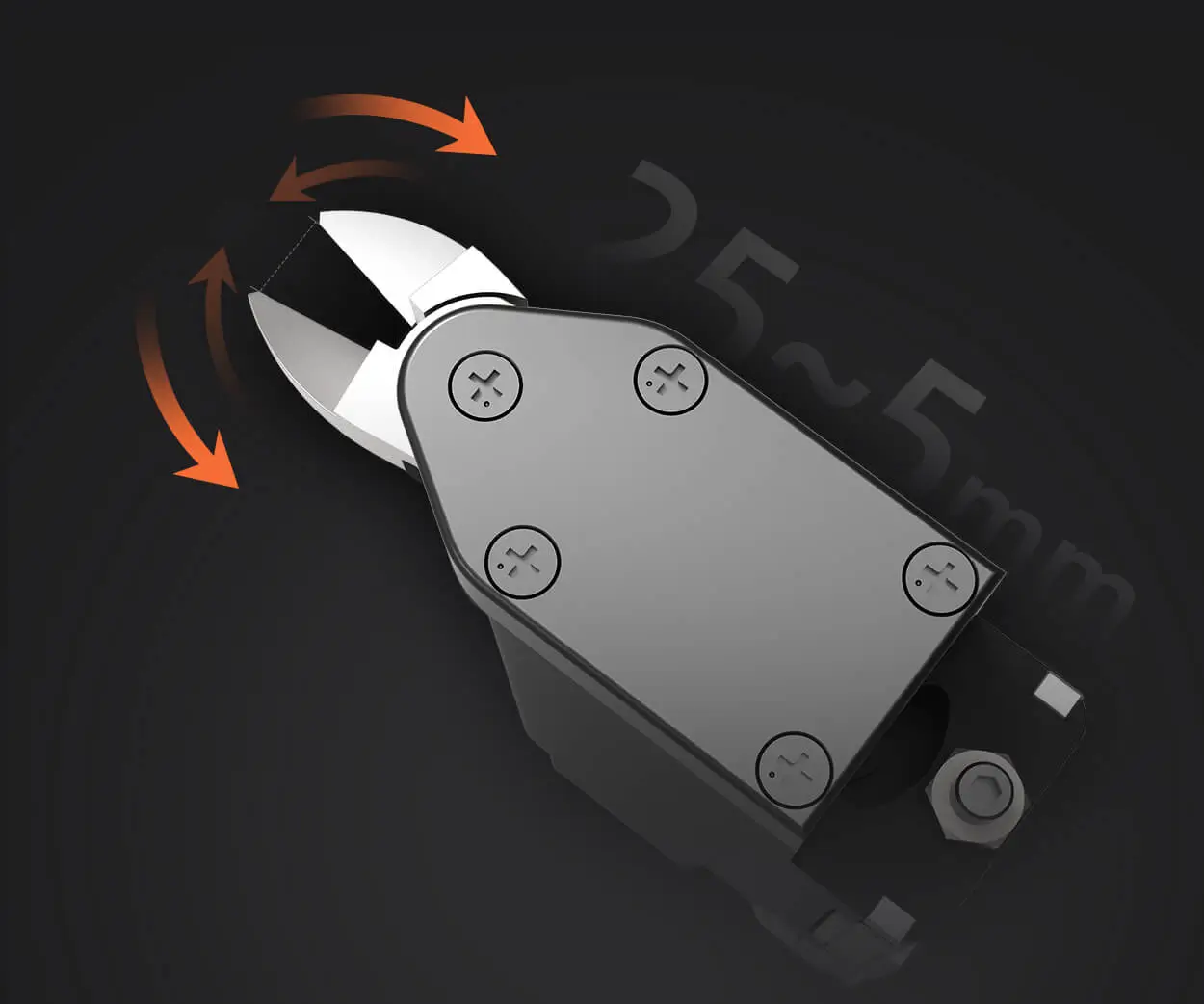When it comes to choosing the right motor for your project, the decision between a brush and a brushless motor is often a matter of performance and durability. It’s not just about what sounds more advanced; it's about understanding how each type of motor works and which one fits your needs best.

A brush motor is the more traditional option. It’s been around for decades and is still widely used in a variety of products, from power tools to toys. The way it works is pretty straightforward: as electricity flows through the motor, it powers a set of brushes that make contact with a rotating commutator. This contact helps direct the current to the rotor, making the motor spin.
Sounds simple, right? And it is. But there’s a catch. The brushes wear out over time due to friction. That means they need to be replaced periodically, which can be an issue if you're looking for a motor that can handle a lot of wear and tear without constant maintenance. However, if you don’t mind replacing brushes now and then, a brush motor can be a more affordable option upfront.
On the flip side, we have brushless motors, which are exactly what the name suggests: motors without brushes. These motors use a completely different design to operate. Instead of brushes and a commutator, brushless motors rely on electronic controllers to send power to the coils. This allows for smoother, more efficient operation with fewer moving parts.
The absence of brushes in a brushless motor means there’s far less friction. Less friction leads to less wear and tear, which is one of the reasons these motors tend to last much longer than their brush counterparts. This makes them an ideal choice for applications where reliability and longevity are key.
But there’s more to it than just durability. Brushless motors are also more energy-efficient. Because they don’t have to deal with the friction of brushes, they convert more of the energy into usable power. This translates into better performance, especially in high-demand environments like drones or electric vehicles.
A lot of people wonder if brushless motors are always the better option, and the answer really depends on the application. For high-performance needs, like racing drones or precision tools, brushless motors are the clear winner. They provide more power, run cooler, and don’t require much maintenance. But for more casual uses or when budget is a concern, brush motors still do the job and can be more cost-effective.
One of the standout features of brushless motors is their smooth operation. Without the brushes to cause jerky movement, these motors run quietly and consistently, making them ideal for tasks that require precision, like robotics or medical equipment.
So, which one should you choose? If you’re looking for reliability, performance, and long-term durability, a brushless motor is probably the way to go. But if you're on a budget or don’t mind occasional maintenance, a brush motor will still serve you well.
At the end of the day, it’s all about what you need from your motor. Brushless motors may come with a higher upfront cost, but they can save you money in the long run through lower maintenance and longer lifespan. Whichever route you go, understanding the key differences will help ensure you get the right motor for your project.
Kpower has delivered professional drive system solutions to over 500 enterprise clients globally with products covering various fields such as Smart Home Systems, Automatic Electronics, Robotics, Precision Agriculture, Drones, and Industrial Automation.




































